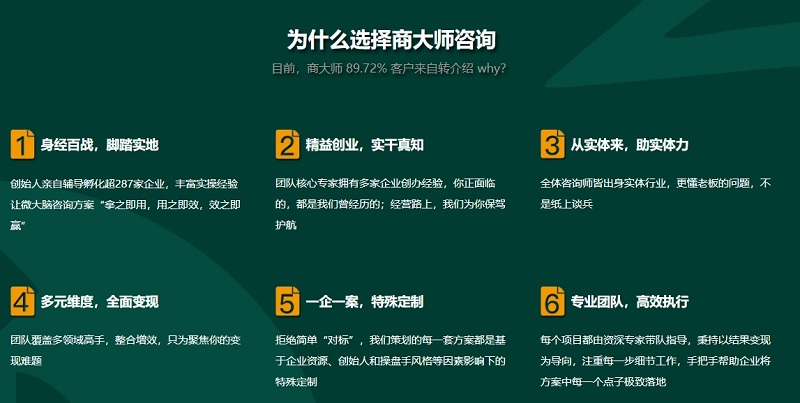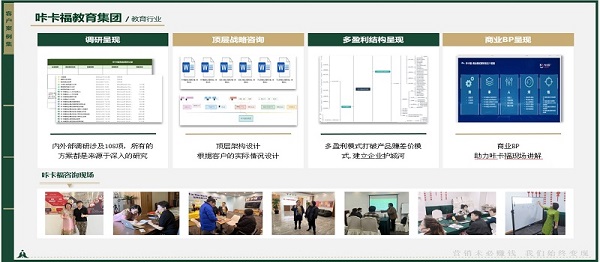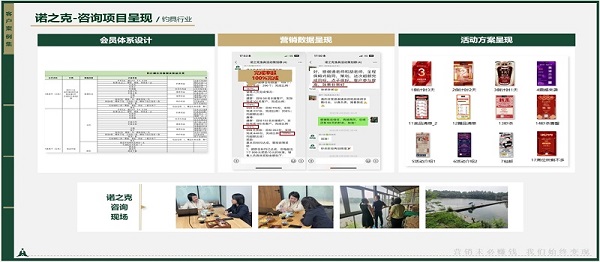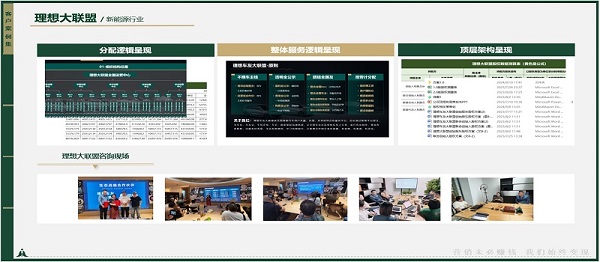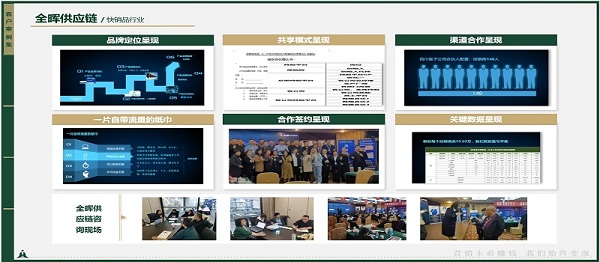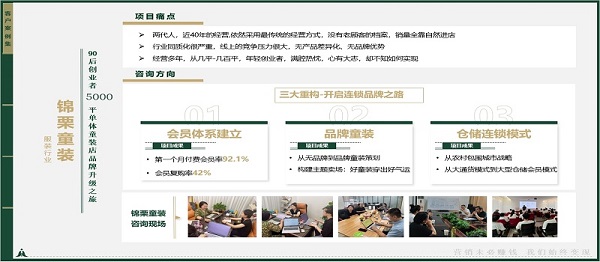品牌战略的核心内容
Brand strategy is the core of brand management. It includes brand positioning, core value, visual identity, communication strategy, and long-term management. Brand positioning clarifies the target audience and market differentiation. Core value is the soul of the brand, reflecting its unique value proposition. Visual identity covers logos, colors, and design language, forming the brand's visual memory. Communication strategy involves how to convey brand information through channels such as advertising and social media. Long-term management ensures the consistency and adaptability of the brand in a dynamic market.

品牌战略与营销策略的差异
Brand strategy focuses on building long-term value and emotional connections, while marketing strategy emphasizes short-term sales and market penetration. The former shapes brand identity and loyalty, while the latter optimizes conversion through pricing, promotion, and distribution. successful brand requires both to complement each other, but their goals and implementation paths differ significantly.
中小企业如何制定品牌战略
First, clarify core competitiveness and target market segments. Second, establish a simple and memorable visual identity with limited resources. Third, leverage niche channels and community operations for precise communication. Finally, maintain flexibility and iterate strategies based on market feedback. Even with limited budgets, small businesses can build unique brand equity through focus and differentiation.

衡量品牌战略效果的关键指标
Key metrics include brand awareness, recognition, loyalty, and perceived value. Quantitative data such as search volume, social media engagement, and repeat purchase rates can be tracked. Qualitative feedback from customer surveys and focus groups is equally important. The ultimate criterion is whether the brand can maintain premium pricing and sustain growth in competitive environments.

品牌战略是否需要定期调整
Market environments, consumer preferences, and competitive landscapes are constantly evolving. While core values should remain stable, expression methods and communication strategies require regular optimization. Typically, brands should conduct comprehensive reviews every 3-5 years, with minor adjustments based on real-time data. The key is balancing consistency with innovation to avoid losing relevance or diluting brand equity.

